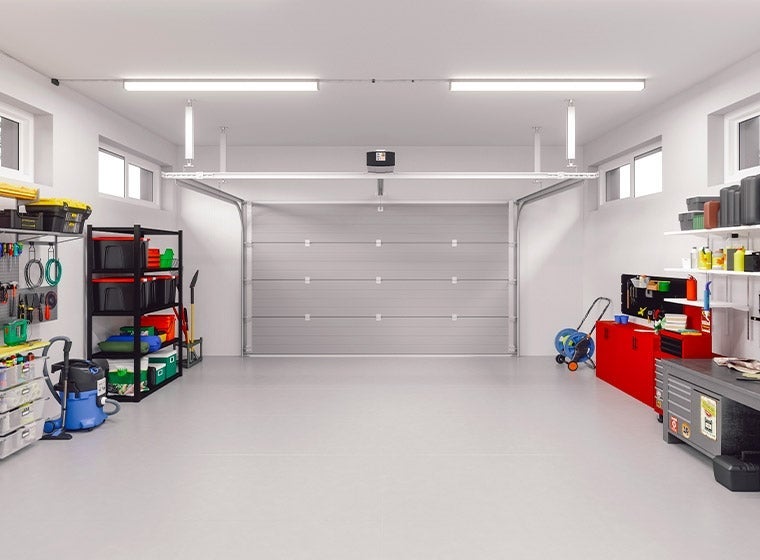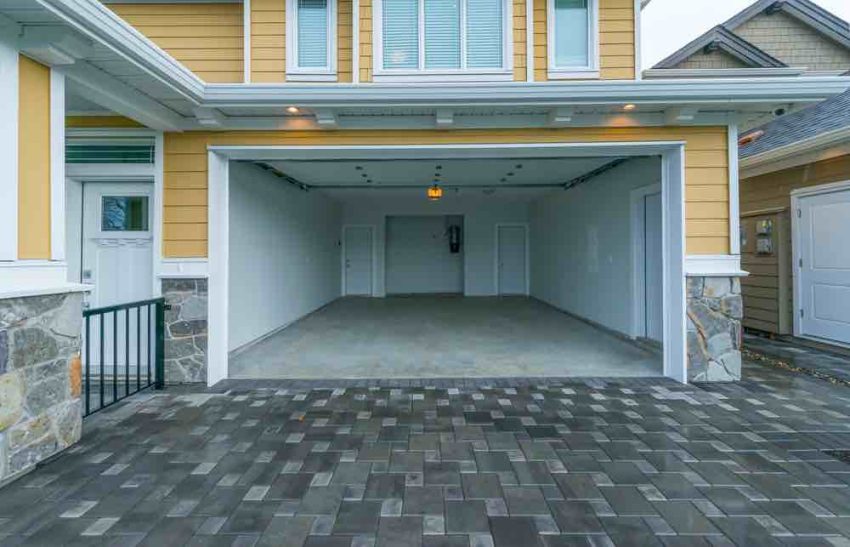Selecting the best paint for garage walls is essential to ensure durability, protection, and aesthetic appeal. The garage is often subjected to various elements such as moisture, temperature fluctuations, and vehicle-related wear and tear, so it’s crucial to choose a paint that can withstand these conditions. In this guide, we’ll explore the factors to consider when choosing the best paint for garage walls, including durability, type of paint, surface preparation, and application techniques.
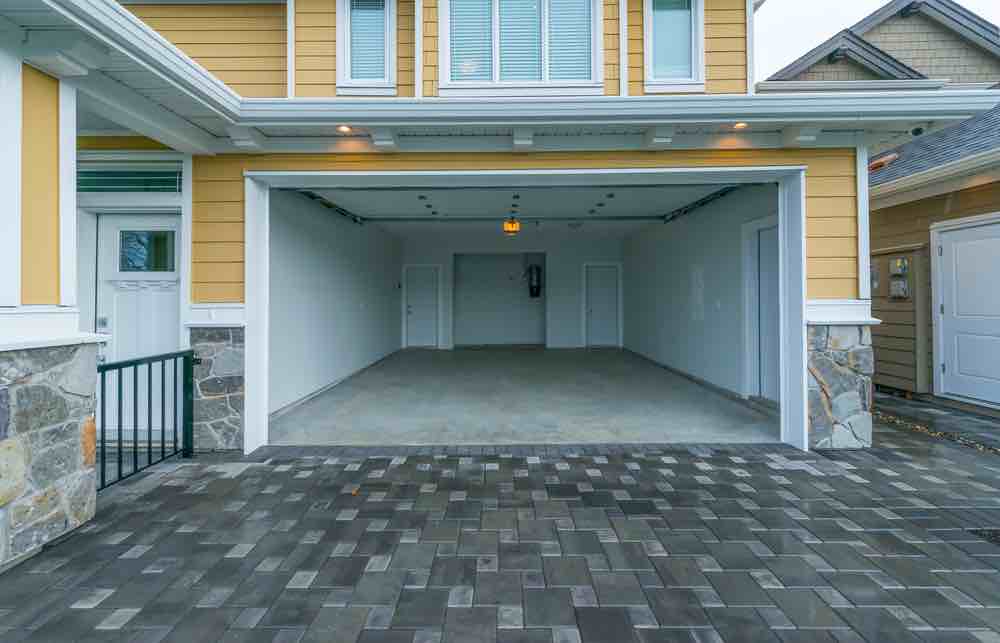
Durability
One of the most critical factors to consider when choosing paint for garage walls is durability. The garage is a high-traffic area that is exposed to frequent use, making it prone to scuffs, scratches, and stains. Opt for a paint that is specifically formulated for high-traffic areas and is resistant to wear and tear. Look for paints labeled as “durable,” “scrubbable,” or “stain-resistant” to ensure longevity and easy maintenance.
Type of Paint
There are several types of paint suitable for garage walls, each with its own advantages and disadvantages. The most common types of brick wall used in garages include:
- Latex Paint: Latex paint is water-based and dries quickly, making it easy to apply and clean up. It is suitable for garage walls that are in good condition and not prone to moisture or humidity.
- Acrylic Paint: Acrylic paint is similar to latex paint but offers enhanced durability and moisture resistance. It is ideal for garage walls exposed to moisture or temperature fluctuations.
- Epoxy Paint: Epoxy paint is a two-part coating that provides superior durability and chemical resistance. It is commonly used in garage floors but can also be applied to garage walls for added protection against oil, grease, and stains.
- Oil-Based Paint: Oil-based paint is highly durable and provides excellent adhesion to surfaces. However, it has a strong odor and requires solvents for cleanup, making it less environmentally friendly than water-based paints.
Consider the specific needs of your garage, such as moisture levels, temperature fluctuations, and exposure to chemicals, when choosing the type of paint that best suits your requirements.
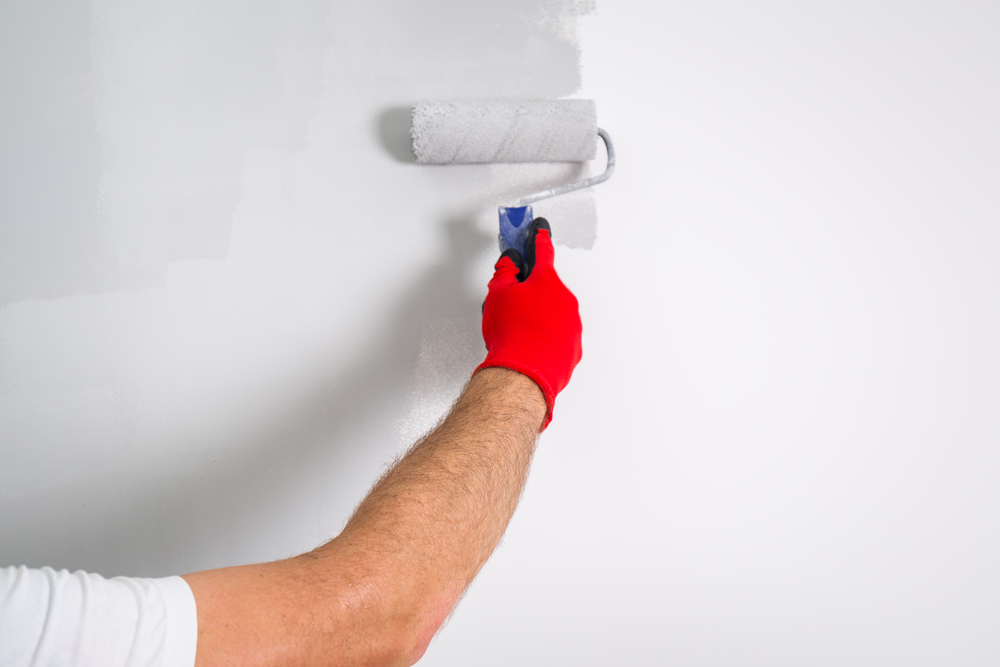
Surface Preparation
Proper surface preparation is essential for achieving a long-lasting and professional-looking paint finish in your garage. Begin by cleaning the walls thoroughly to remove dirt, grease, and oil stains. Use a degreaser or a solution of water and trisodium phosphate (TSP) to clean the surface effectively. Fill any cracks or holes with a suitable patching compound and sand the surface smooth once the filler has dried.
Next, prime the walls with a high-quality primer to ensure proper adhesion and coverage of the paint. Choose a primer specifically formulated for use on garage walls and follow the manufacturer’s instructions for application and drying times. Allow the primer to dry completely before applying the paint to achieve the best results.
Application Techniques
When applying paint to garage walls, use a high-quality paintbrush, roller, or sprayer for best results. Begin by cutting in the edges and corners of the walls with a brush, then use a roller or sprayer to apply paint to the larger areas. Work in small sections, overlapping each stroke slightly to ensure even coverage.
Apply the paint in thin, even coats, allowing each coat to dry completely before applying the next one. Depending on the type of paint and the manufacturer’s recommendations, you may need to apply multiple coats to achieve the desired coverage and finish. Be sure to follow the manufacturer’s instructions for proper drying times and application techniques to ensure the best results.
Practical considerations for best paint for garage walls
The garage is often more than just a place to park your car; it’s a multifunctional space used for storage, DIY projects, and sometimes even as a workshop. With its versatile usage, the walls of your garage endure a lot of wear and tear. Hence, selecting the right ombre paint for garage walls is crucial.
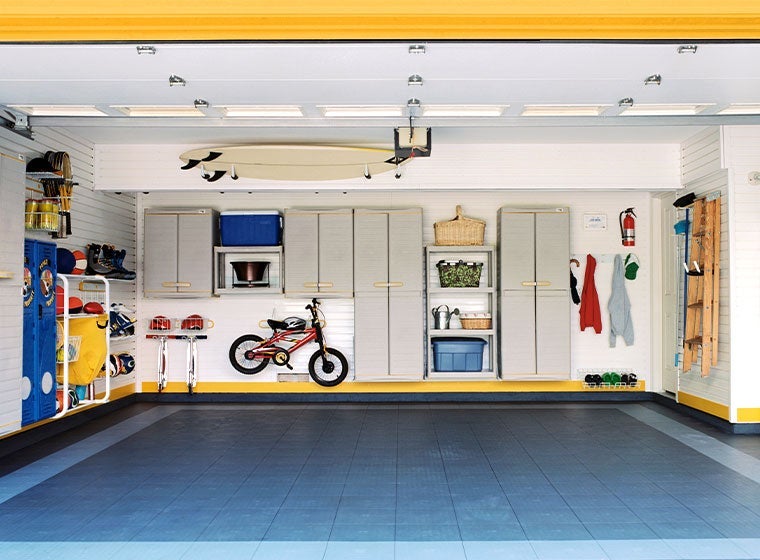
Understanding the Environment
Before diving into paint options, it’s essential to understand the environment of your garage. Garages typically face challenges such as temperature fluctuations, humidity, exposure to chemicals, and physical abrasion from tools and equipment. Assessing these factors will guide your paint selection process.
Factors to Consider
- Durability: The primary consideration when choosing garage wall paint is durability. Look for paints labeled as “high-traffic,” “scrubbable,” or “stain-resistant.” These formulations are designed to withstand the rigors of a garage environment and are easier to clean.
- Type of Paint: Several types of paint are suitable for garage walls:
- Latex Paint: Water-based and quick-drying, suitable for well-ventilated garages with minimal moisture exposure.
- Acrylic Paint: Offers enhanced durability and moisture resistance, ideal for garages with fluctuating temperatures and humidity levels.
- Epoxy Paint: Provides superior durability and chemical resistance, perfect for garages prone to oil spills and stains.
- Oil-Based Paint: Highly durable with excellent adhesion, but emits strong odors and requires solvents for cleanup.
- Surface Preparation: Proper surface preparation is vital for paint adhesion and longevity. Clean the walls thoroughly to remove dirt, grease, and oil stains. Fill any cracks or holes with a suitable patching compound and sand the surface smooth. Prime the walls with a high-quality primer before painting.
- Application Techniques: Use high-quality tools such as brushes, rollers, or sprayers for application. Start by cutting in the edges and corners with a brush, then use a roller or sprayer for larger areas. Apply paint in thin, even coats, allowing each coat to dry completely before applying the next one.

Choosing the Right Paint
Consider the following factors when selecting paint for your garage walls:
- Brand Reputation: Choose geometric wall paint from reputable brands known for their quality and durability.
- Finish: Opt for a finish that suits your preferences and functional needs. Matte finishes can hide imperfections, while glossy finishes are easier to clean.
- Color: Lighter colors can make the space feel brighter and more spacious, while darker colors can hide dirt and stains better.
Conclusion
In conclusion, choosing the best paint for garage walls requires careful consideration of factors such as durability, type of paint, surface preparation, and application techniques. Opt for a paint that is specifically formulated for high-traffic areas and is resistant to wear and tear. Consider the specific needs of your garage, such as moisture levels and exposure to chemicals, when selecting the type of paint that best suits your requirements. Proper surface preparation and application techniques are essential for achieving a long-lasting and professional-looking paint finish in your garage. With the right paint and preparation, you can protect and enhance the appearance of your garage walls for years to come.
